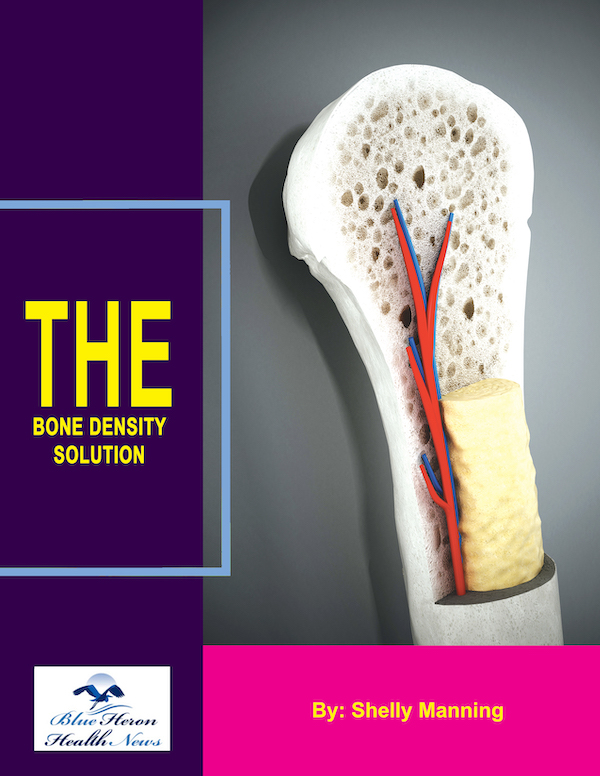
The Bone Density Solution by Shelly ManningThe program is all about healthy food and healthy habits. As we discussed earlier, we develop osteoporosis due to low bone density. Therefore, you will have to choose the right food to help your calcium and other vitamin deficiencies. In addition to healthy food, you will have to regularly practice some mild exercises. Your doctor might offer you the same suggestion. However, the difference is that The Bone Density Solution will help you with an in-depth guide.
How does age impact bone density in India?
Age is a significant factor influencing bone density, and this relationship is evident in India as well. Bone density changes throughout life, generally increasing during childhood and adolescence, peaking in early adulthood, and then gradually declining with age. Here’s a detailed explanation of how age impacts bone density in India, supported by multiple sources:
Bone Density Across Different Life Stages
- Childhood and Adolescence:
- During these formative years, bone density increases rapidly due to growth spurts and high rates of bone formation. Adequate nutrition, especially calcium and vitamin D, and physical activity are crucial during this period to achieve optimal peak bone mass. The peak bone mass is usually reached by the late 20s to early 30s (World Health Organization (WHO)) (Nature).
- Early Adulthood:
- After reaching peak bone mass, bone density remains relatively stable for a while. However, bone remodeling (the process of bone formation and resorption) continues, with the rate of bone formation generally matching the rate of bone resorption (World Health Organization (WHO)).
- Middle Age:
- Around the age of 40, bone resorption begins to outpace bone formation, leading to a gradual decline in bone density. This decline can be influenced by factors such as lifestyle, diet, hormonal changes, and physical activity levels (Nature) (World Health Organization (WHO)).
- Post-Menopause for Women:
- Women experience a significant decline in bone density after menopause due to a sharp decrease in estrogen levels, which play a protective role in bone health. This leads to an accelerated rate of bone loss, making post-menopausal women particularly susceptible to osteoporosis and fractures (World Health Organization (WHO)) (IHCI).
- Elderly:
- In older adults, both men and women, the decline in bone density continues. Factors such as reduced physical activity, nutritional deficiencies, and chronic health conditions contribute to further bone loss. The risk of fractures, particularly hip, spine, and wrist fractures, increases significantly in this age group (Nature) (IHCI).
Impact of Aging on Bone Density in India
- Nutritional Deficiencies:
- In India, aging is often accompanied by nutritional deficiencies, particularly of calcium and vitamin D. These deficiencies exacerbate age-related bone loss and increase the risk of osteoporosis and fractures. A study highlighted that a large proportion of the elderly population in India has inadequate dietary intake of these essential nutrients (Nature).
- Sedentary Lifestyle:
- With aging, physical activity tends to decrease, leading to further bone loss. Regular weight-bearing and muscle-strengthening exercises are essential to maintain bone density, and their absence in older adults contributes to osteoporosis (World Health Organization (WHO)) (IHCI).
- Socioeconomic Factors:
- Many elderly individuals in India face economic challenges that limit their access to nutritious food and healthcare services, increasing their risk of bone density issues. Additionally, cultural factors and lack of awareness about bone health contribute to the problem (World Health Organization (WHO)) (Nature).
Gender Differences
- Post-Menopausal Women:
- As mentioned, women experience a significant drop in bone density post-menopause. This demographic is particularly vulnerable to osteoporosis, with studies showing that nearly 30% of Indian women aged 60-70 and 50% of those above 80 suffer from osteoporosis (World Health Organization (WHO)).
- Aging Men:
- While men also experience bone density loss with age, it is generally at a slower rate compared to women. However, by the age of 70-80, men’s bone loss rates can accelerate, and they too become at significant risk for osteoporosis and fractures (IHCI).
Conclusion
Age profoundly impacts bone density in India, with significant bone loss occurring during middle age and accelerating in the elderly. Post-menopausal women are at particularly high risk due to hormonal changes. Nutritional deficiencies, sedentary lifestyles, and socioeconomic factors further exacerbate age-related bone loss in India. Addressing these issues through public health initiatives, improved access to nutrition and healthcare, and increased awareness about bone health can help mitigate the impact of aging on bone density (World Health Organization (WHO)) (Nature) (World Health Organization (WHO)) (IHCI).
References
- International Osteoporosis Foundation. IOF
- Mayo Clinic. Bone Density Test
- National Osteoporosis Foundation. NOF
- Journal of Clinical Densitometry. Journal of Clinical Densitometry
The Bone Density Solution by Shelly ManningThe program is all about healthy food and healthy habits. As we discussed earlier, we develop osteoporosis due to low bone density. Therefore, you will have to choose the right food to help your calcium and other vitamin deficiencies. In addition to healthy food, you will have to regularly practice some mild exercises. Your doctor might offer you the same suggestion. However, the difference is that The Bone Density Solution will help you with an in-depth guide.
